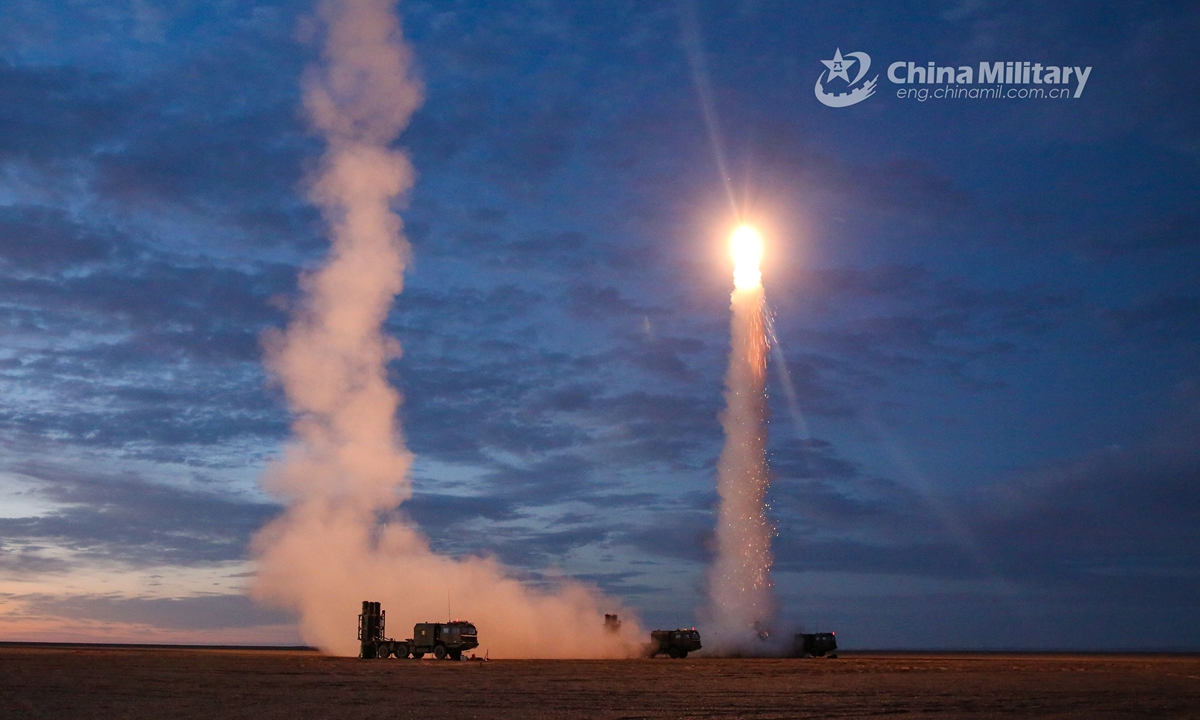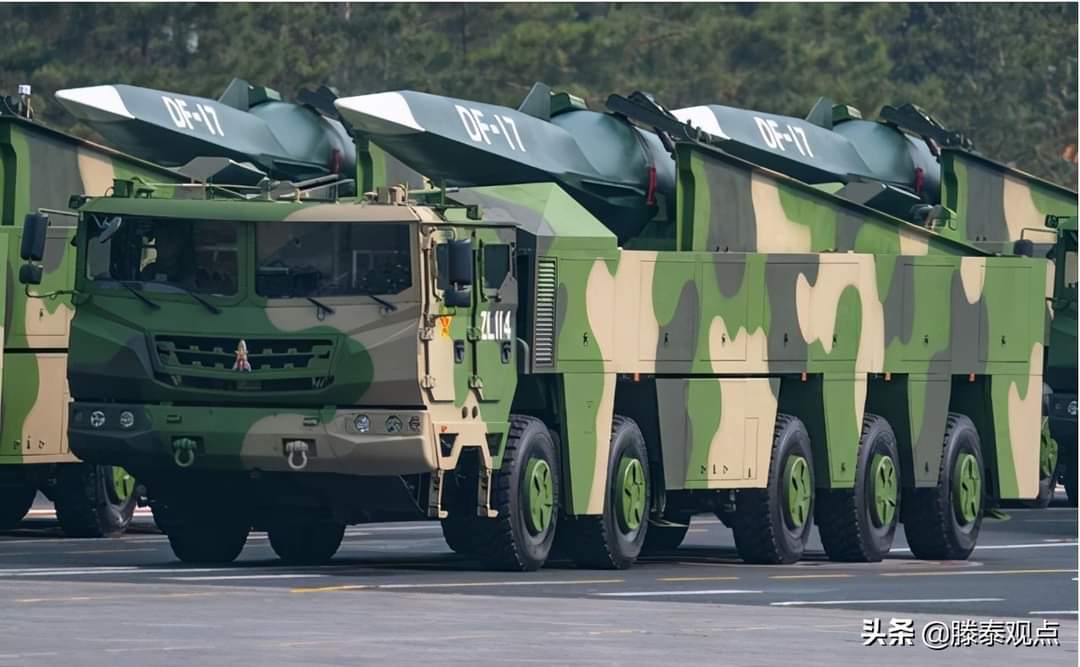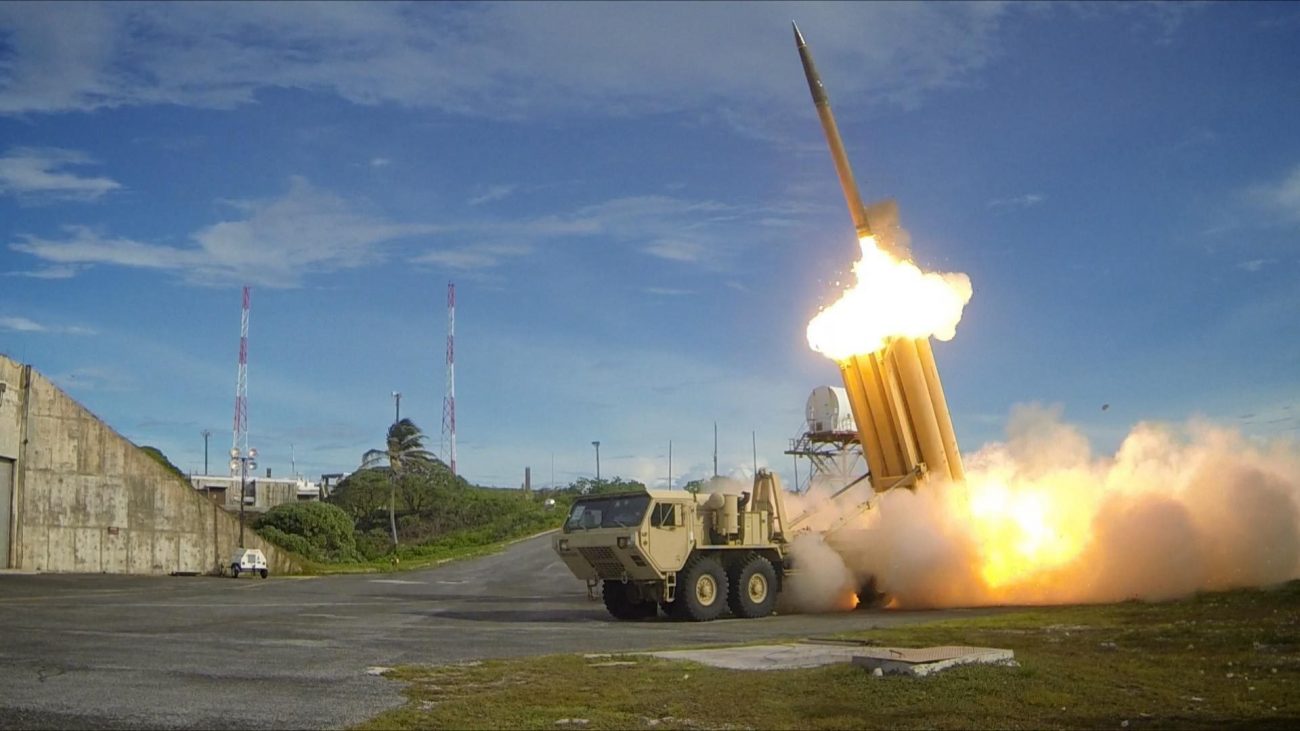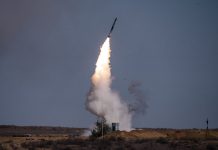China conducted a land-based, mid-course antiballistic missile (ABM) technical test on June 19, demonstrating the country’s defensive capabilities. The Chinese experts, however, have asserted that the tests were purely defensive and aimed to combat the threat posed by the United States.
Beating NASA, China Set To Become 1st Country To Get Martian Sample Back On Earth — Chinese Expert
According to Chinese experts, the test showcased the resiliency of China’s antiballistic missile shield in the face of US threats to blackmail China with modern, nuclear-armed intercontinental ballistic missiles and the deployment of intermediate-range ballistic missiles on China’s doorsteps, state-run Global Times reported.
Even though China stated that its latest test did not target another country, Chinese analysts claim that the United States is China’s primary source of ballistic missile threats.
The US Department of Defense is modernizing its intercontinental ballistic missile force with the $100 billion Ground-Based Strategic Deterrent program to deter China and Russia.

In April this year, the US Air Force named its next-generation intercontinental ballistic missile the LGM-35A Sentinel to succeed the five-decade-old Minuteman III beginning in 2029. Chinese experts believe that having a reliable antiballistic missile system acts as a deterrence against US nuclear blackmail.
Today the Ground Based Strategic Deterrent's name was announced!
It will be named the LGM-35A Sentinel, and represents the modernization of the land-based leg of the U.S. nuclear triad.
Learn more about it here ➡️ https://t.co/nHNXtnM8Dy pic.twitter.com/1RocokJ4Qb
— U.S. Air Force (@usairforce) April 5, 2022
According to media reports, the US began developing an anti-China missile network along the first island chain after withdrawing from the Intermediate-Range Nuclear Forces Treaty in 2019 said the Global Times report.
In March last year, it was learned that the US planned to beef up its conventional deterrence against China by deploying a network of precision-strike missiles along the first island chain.
According to the Pentagon, it would be part of a $27.4 billion investment plan for the Indo-Pacific theatre over the next six years. This is potentially the root of China’s insecurity against the United States.
The first island chain, which China considers the first line of defense, includes Taiwan, Okinawa (Japan), and the Philippines. Beijing’s “anti-access/area denial” (A2/AD) plan aims to push American forces out of the East and South China seas within the first island chain.
Chinese analysts also believe that the US may install intermediate-range missiles in Japan, South Korea, Guam, and Australia, despite Japan, South Korea, and Australia not being on board with the US proposal for the time being.

Analysts believe that China needs to develop antiballistic missile systems and far-reaching weapons like aircraft carriers and hypersonic missiles to defend itself from Western belligerence.
China showcased its hypersonic missile DF-17 in the National Day military parade in 2019. Later in 2021, it conducted a hypersonic test that shocked the Pentagon.
Post-INF American Ballistic Network
Ground-based intermediate-range missiles are China’s strong suit. According to the Pentagon, China has 1,250 such missiles, while the United States has none, Nikkei Asia noted in a previous report.
The Intermediate-Range Nuclear Forces Treaty, which prohibits the development of ground-based missiles with ranges of 500 kilometers to 5,500 kilometers, is to blame for this chasm. In 2019, the deal finally ended, and the US has since been investing in developing a ground-based ballistic missile network to take on its adversary.
It is also pertinent to note that China has developed several long-range missiles besides building a sophisticated A2/AD network to protect against Japan and the United States in case of a conflict between the two sides. For example, China’s DF-26 can hit targets as far as that Guam, an American territory in the Pacific.
The US today has roughly 55,000 troops stationed in Japan, making it the country with the highest deployment of American forces outside the US.
However, American soldiers in Japan currently do not have any ‘deep offensive’ capabilities. Only now is the US revamping the missile defense network in Guam, the most exposed forward territory on China’s radar.

American President Joe Biden had said on his maiden visit to Asia that the US would intervene militarily, if China attacked or invaded Taiwan. China, on its part, has openly been vocal about using military means to reunite Taiwan with the mainland.
Unlike China, the US does not have an operational hypersonic weapon yet or any defense against a hypersonic missile that follows an unpredictable trajectory and cannot be intercepted by the existing missile defense systems Patriot and THAAD.
Chinese Insecurity And The American Threat
Chinese experts believe that if the United States successfully places intermediate-range missiles near China, Beijing will confront increased threats and uncertainty.
In December 2019, the US military launched a ground-launched ballistic missile, believed to be in the intermediate-range class, from Vandenberg Air Force Base in California.
We have made multiple updates to our post on the first post-INF treaty non-nuclear capable ballistic missile launch out of Vandenberg AFB:https://t.co/qXJZMhhqTe
— The War Zone (@thewarzonewire) December 12, 2019
It will be more challenging to predict where US missiles will come from if they are placed in numerous sites along the island chains, said Wang Ya’nan. That is why, he pointed out, China requires both a spear and a shield.
Wang further told Global Times that China should be able to employ its long-range attack capabilities to destroy missile locations whenever needed and deploy missile defense systems to intercept missiles that have made it into the air.
Chinese analysts say that Beijing already has a military advantage over the US on its doorsteps and that further national defense development is needed to dissuade the US and reduce losses in the event of a conflict.
Analysts said China has a defensive national defense strategy, so both the spears and shields it develops would protect its national sovereignty, territorial integrity, and development interests and contribute to regional stability and world peace. They added that this starkly contrasts the United States’ aggressive military development to maintain global hegemony.
However, in contrast, they also admit the prowess of their missile fire capability. With the recent test, China now has six publicly announced land-based Anti-Ballistic Missile (ABM) technical tests, according to Global Times.
According to media reports and official pronouncements, China conducted other confirmed ABM tests in 2010, 2013, 2014, 2018, and 2021. The US Ground-based Midcourse Defense system has a success rate of only 55%, according to the Center for Arms Control and Non-Proliferation in Washington.
#China's PLA #PLA /16
[第六次 The 6th]
陆基中段反导拦截技术试验
Land-based
Mid-course Anti-missile
Interception Technology Test
(Anti-ballistic Missile #ABM)
SUN JUNE 19, 2022 https://t.co/zzSgTJkEEihttps://t.co/orGlTou8rwhttps://t.co/KtHzF2vKqthttps://t.co/XsNqfNiEAe pic.twitter.com/f1samSKRrV— James Jayi Wang (@jayi_wang) June 19, 2022
EurAsian Times recently reported on how the Anti-Ballistic Missile works and how China conducted this test only days after the US conducted a missile interception test in Palau.
According to Wang, the next step for China is to conduct tests under more complex scenarios to further hone its antiballistic missile capabilities. He also noted that the US’ lower success rate does not necessarily mean China has surpassed the US because the American tests may involve different and more challenging simulation parameters.
As tensions continue to escalate between the two sides and mutual suspicion deepens, there is every possibility that the two countries will develop better missiles and a more sophisticated antiballistic system to create an effective deterrence against one another.
- Contact the author at sakshi.tiwari9555@gmail.com
- Follow EurAsian Times on Google News




